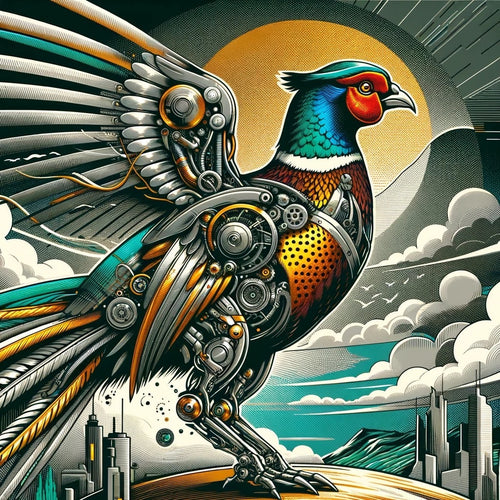The "Other Side" Of The Knife
Let's take a look at the pocket-clip side of the knife...

The hardware, pocket-clip and lockbar are the only things that make this side of the knife different to the other side. Other that this the knife is symmetrical and so I won't go into any of the details of the scales or blade design (because we've already done that).
Also, I'm not going to go into much detail on these for now - this is just a brief overview to give you a "bigger picture" view of the design of the knife. We'll be going into more details on each of these things in later sections.
Let's talk about...
The Hardware
The hardware on the knife -- that's the main pivot and the rear screws for the standoff or backspacer -- will be made in-house.
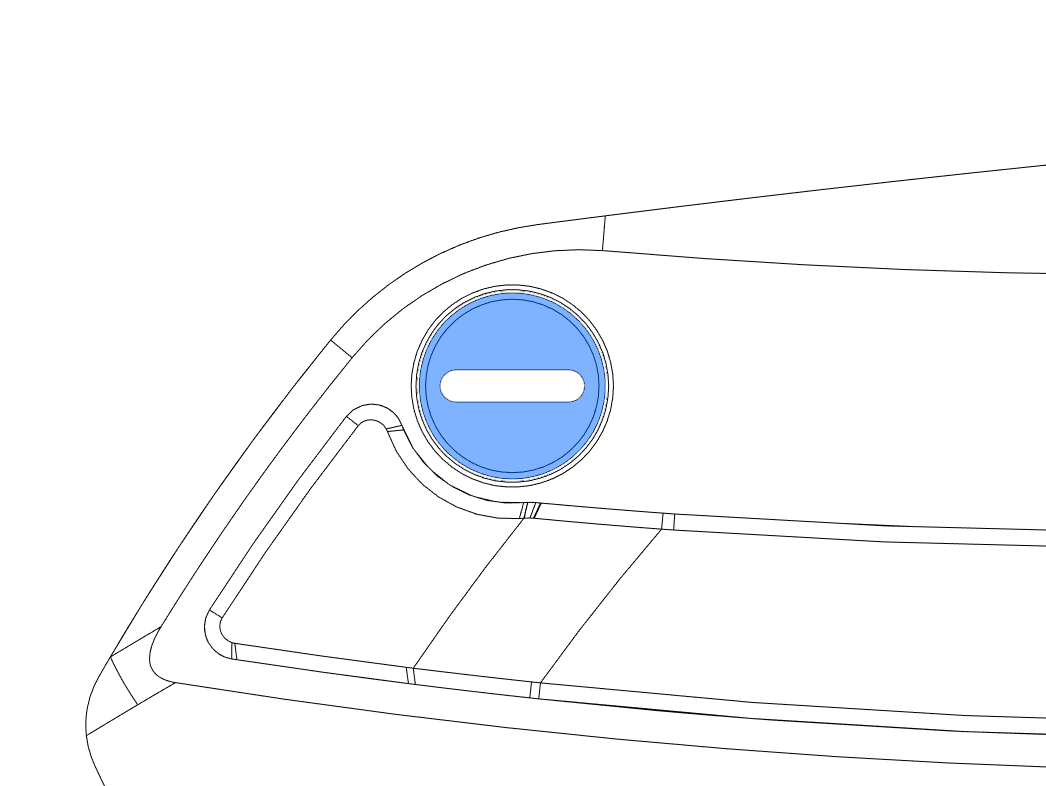
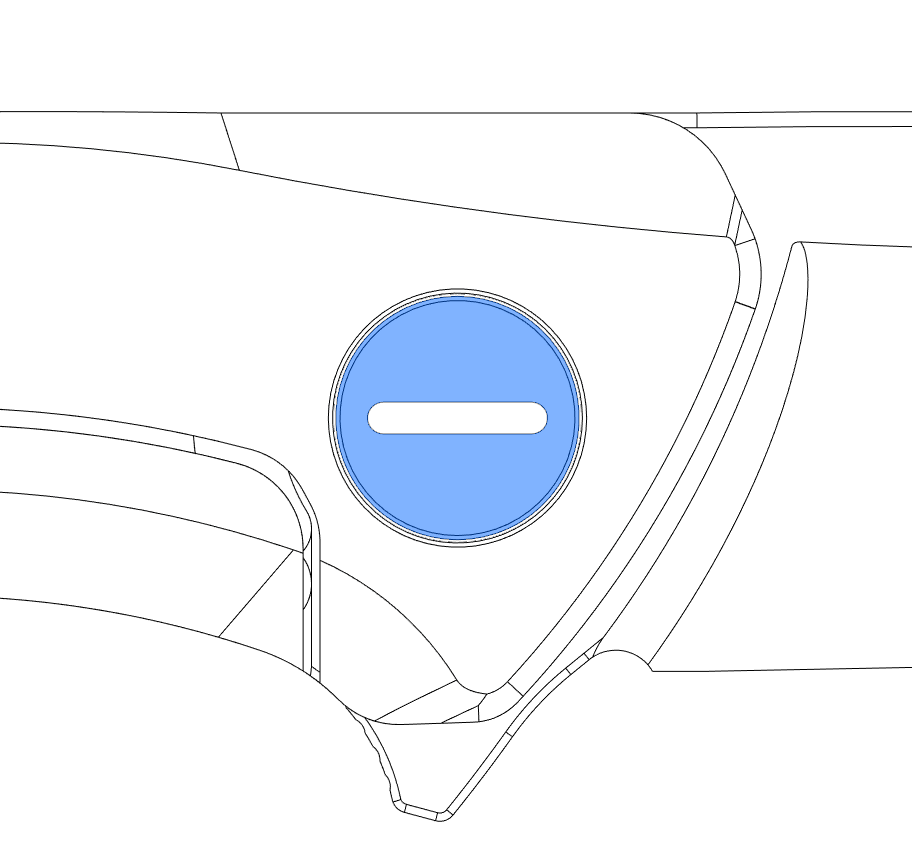
Here's why:
If you're aiming to make the world's best knife, then both the function and look of the hardware really needs to be exactly how you want it (as opposed to buying something "off the shelf" where you get little say).
The hardware needs to be custom made to support the rest of the knife. I'll talk more about the hardware in a later section.
The Pocket-Clip
As you will almost certainly have noticed -- and probably even have predicted as you come to understand my approach to designing -- the pocket-clip is not just an after-thought I slapped on. Most definitely not.
Here's a closer view:
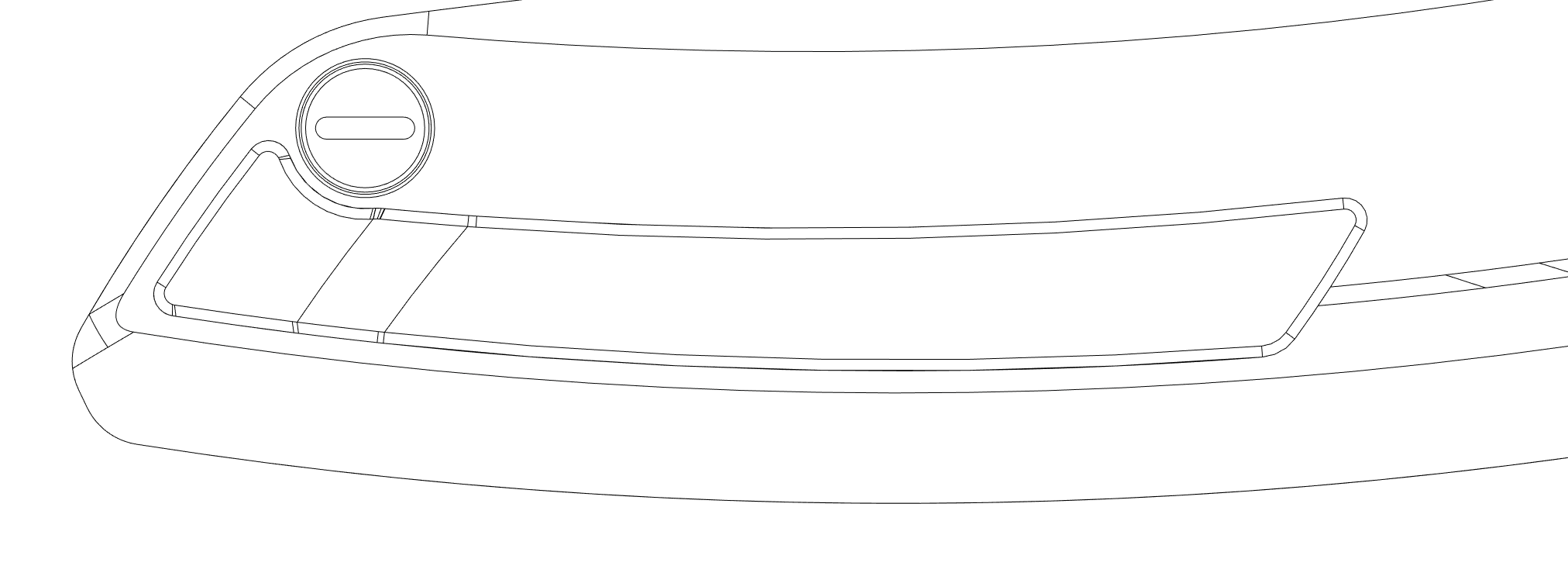
You may not like what I'm about to say, but...
I tend to view pocket-clips on knives as a necessary evil. But they are an absolutely must for practical purposes as there doesn't seem to be a better solution than having your knife clip onto the edge of your pocket.
So, since we have to have a pocket-clip, I'm going to ensure it's as much part of the knife's design as anything else on the knife.
By now you'll have realised:
The design of the pocket-clip has been done to flow and blend as much as possible with the rest of the knife (without affecting function of course!).
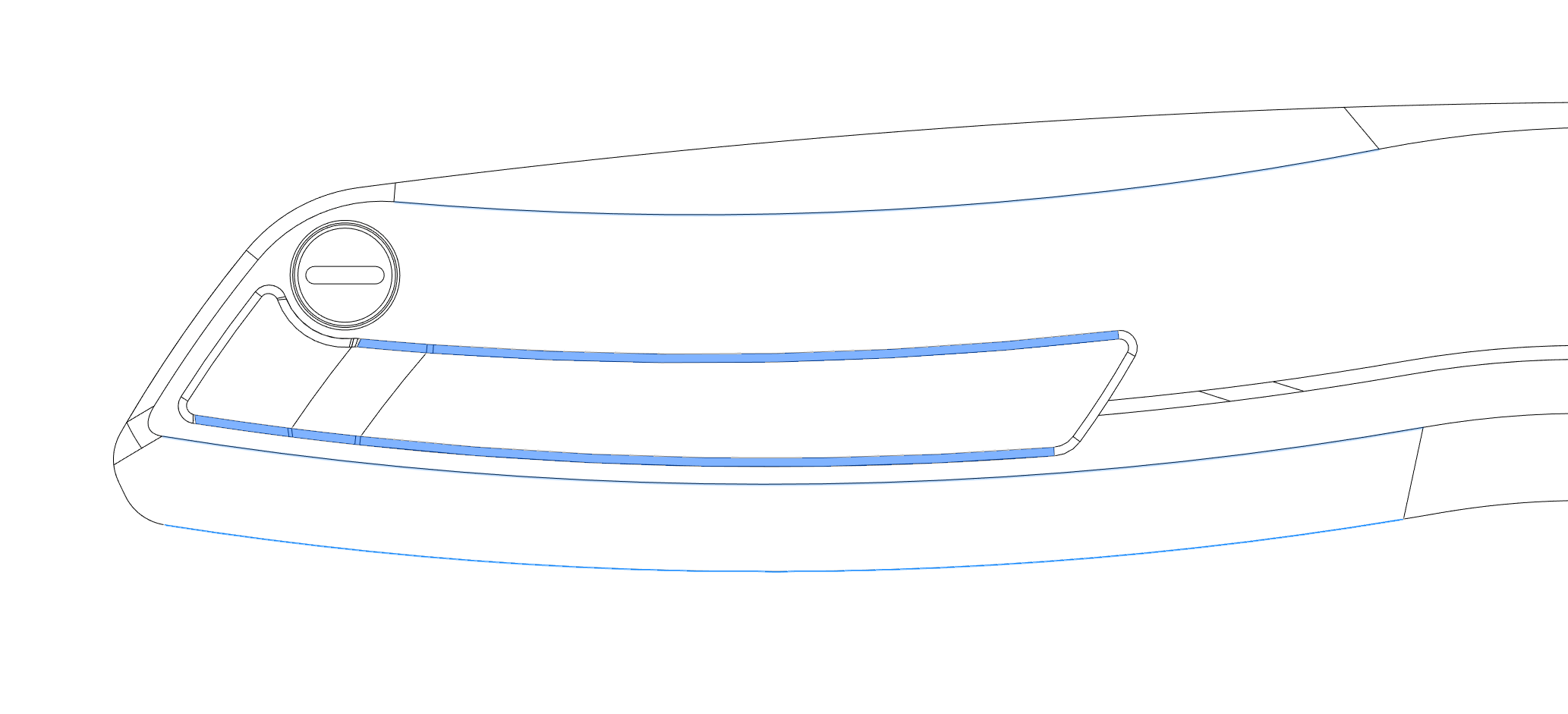
Tip of the pocket-clip follows closely the angle of the scales and plunge-line:
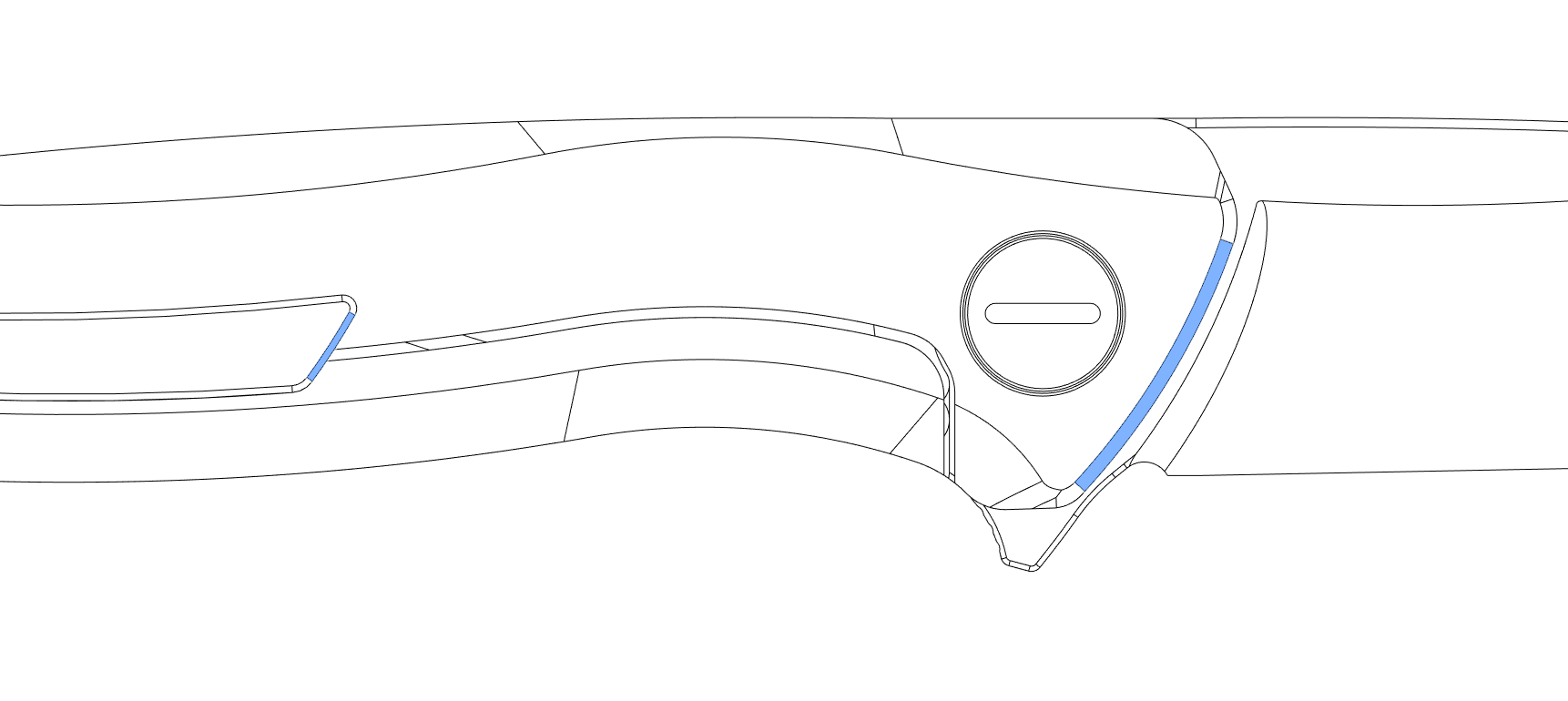
The rear of the pocket-clip sort of "wraps around" the rear screw. The reason for this is simply because it looks better. I tried so many different designs for the rear of the pocket-clip - but I kept coming back to this one every time.
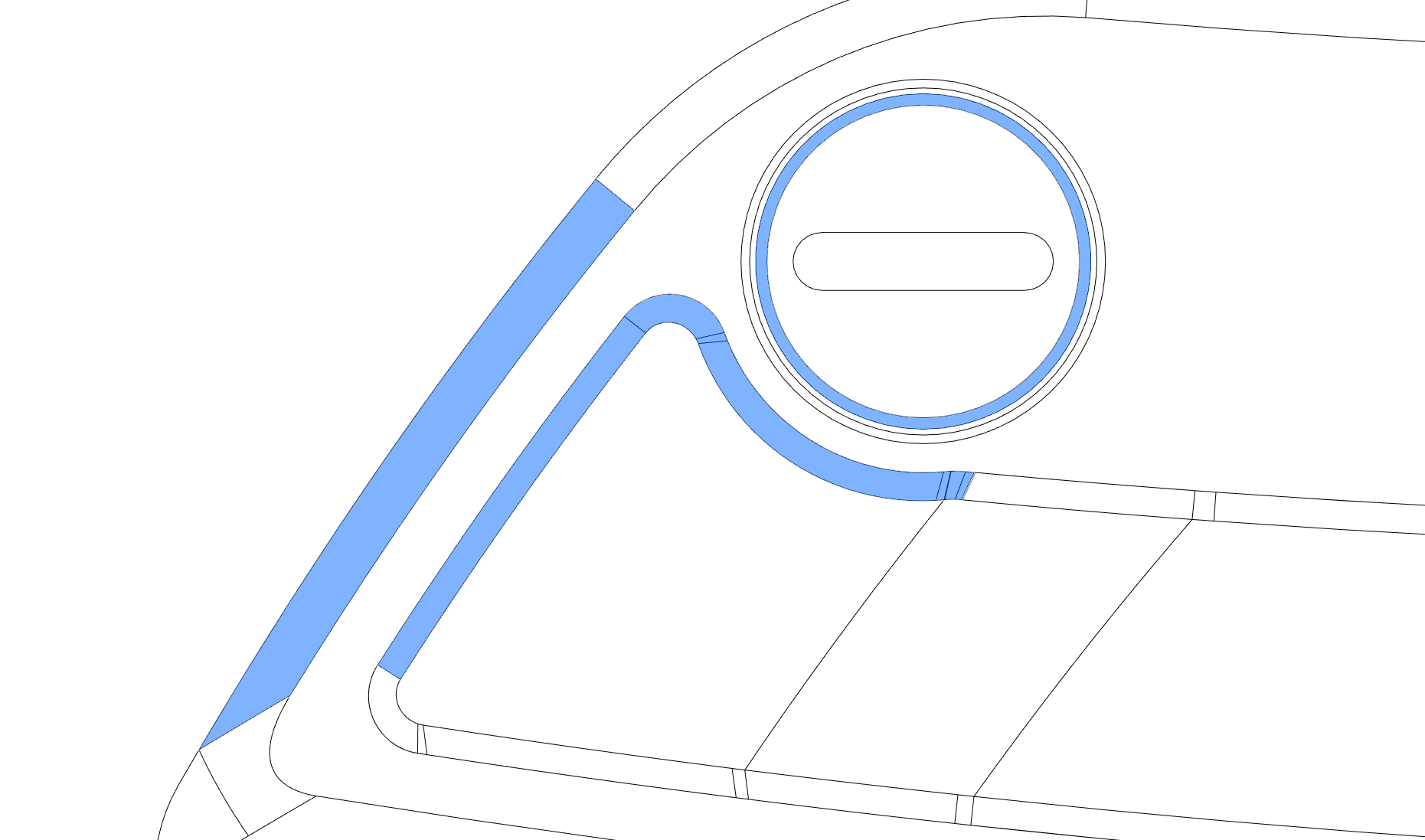
The reason I believe it works is because it gives the subtle illusion the pocket-clip is integrated into the scales of the knife (which, to my mind, makes sense because otherwise the pocket-clip just looks like it's just added on as an extra ...which is something you now know I don't like).
The Lockbar
The lockbar is one of those parts of the knife where you don't know if it's going to work until you actually make it. And, even then, it's almost a guarantee it's not going to work first time.
The main thing that's hard to predict is the tension of the lockbar. This almost entirely depends on how much material is left on the lockbar relief on the inside of the scale (which I've not show yet, but we'll get to that in a later section).
The other potential issue we might face is the curvature of the lockbar as it follows the contour of the knife scales. I'm fairly confident it's going to work fine - but there is always a chance there are issues and so it's good to be aware of that.
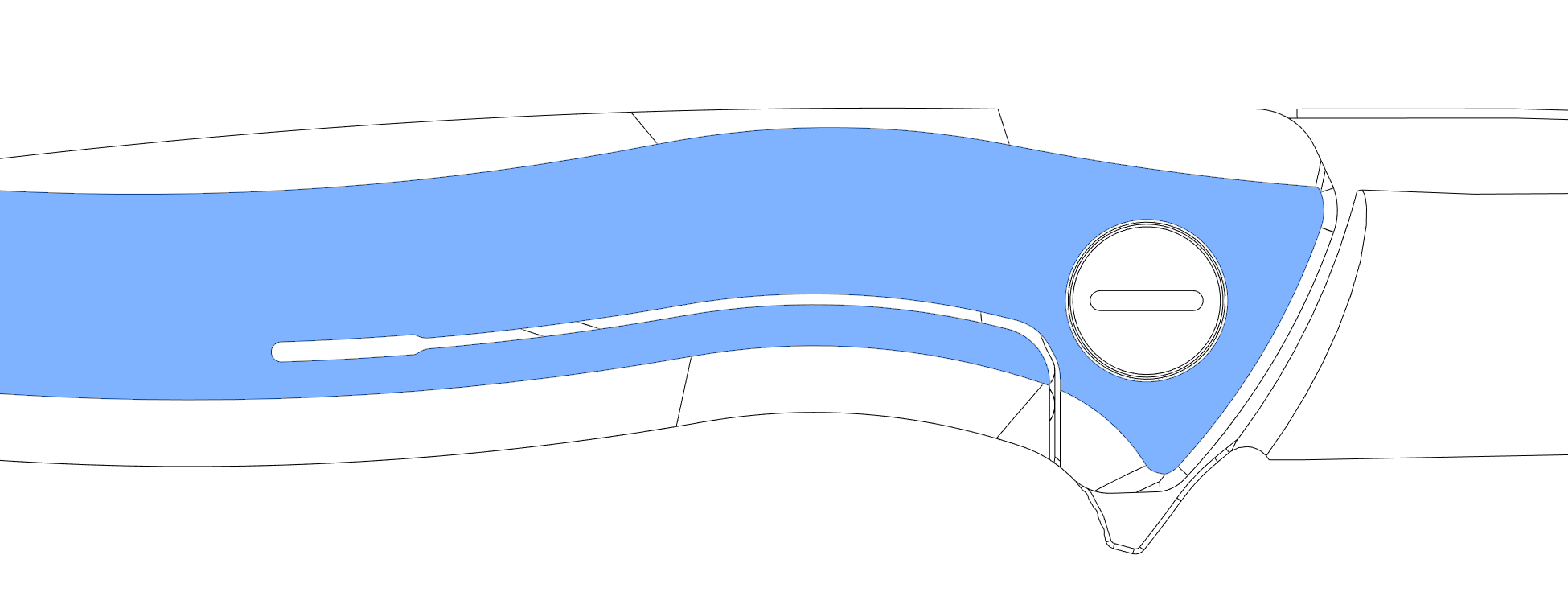
Curving the lockbar to follow the lines of the wave is an absolute no-brainer in terms of design.
As we get to the lockbar-insert end, then we have to accept there are practicalities we cannot avoid - and this comes in the form of the lines of the lockbar needing to align with the lockbar face. To put it another way: the lockbar needs to have vertical lines as shown below...
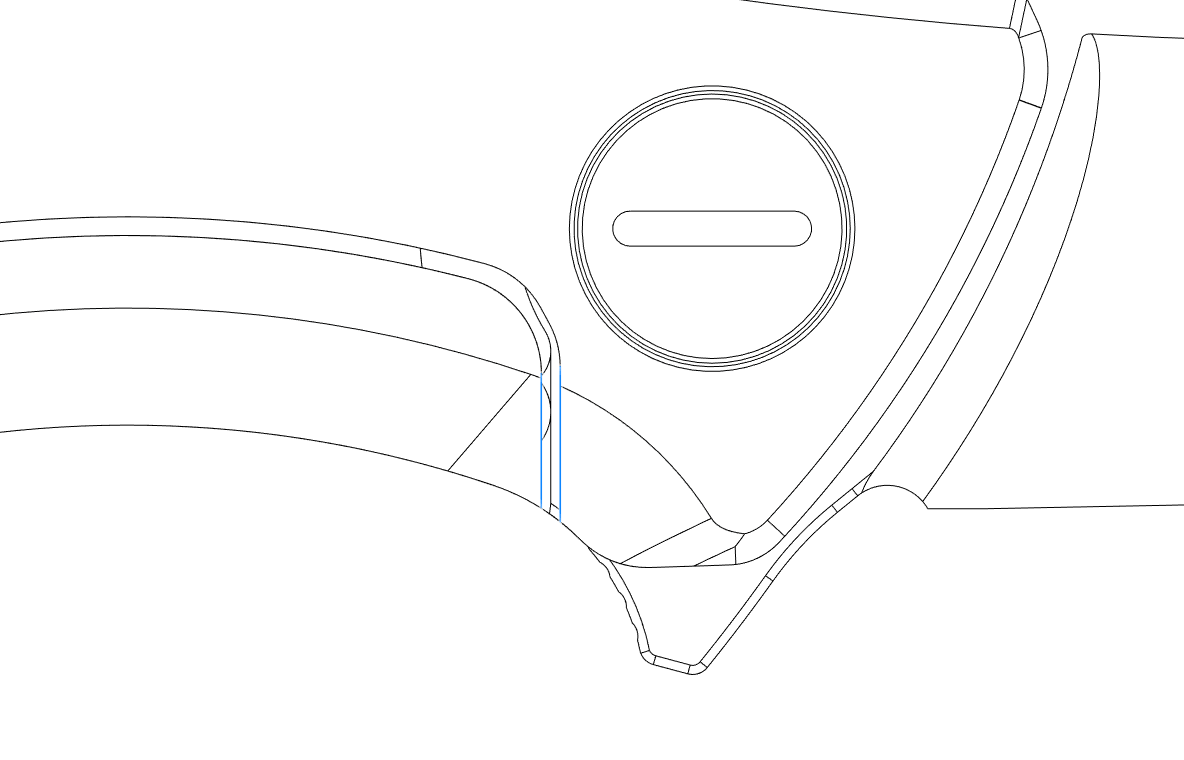
I tried variations of different angles - which I'm pretty confident I could make work in practical terms - but they all just looked like a compromise.
Ultimately, I found the best version was to cut the lines vertically. I believe this works because it's so straight and "unnatural" to the rest of the knife it says, "This is here for 100% practical reasons. We both know this. Let's move on.".
<<< Previous Section -- Making "The World's Best Knife" <<<
>>> Next Section -- [] >>>
